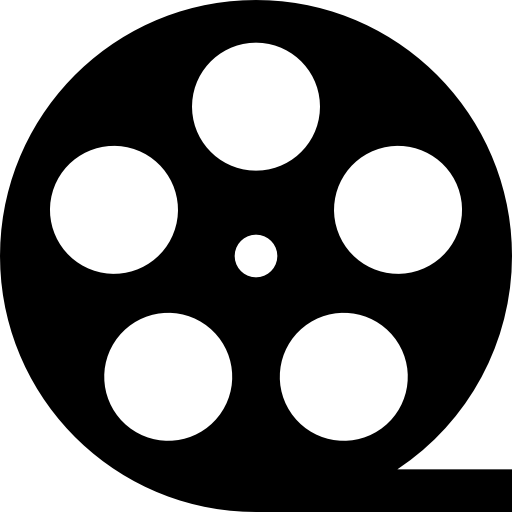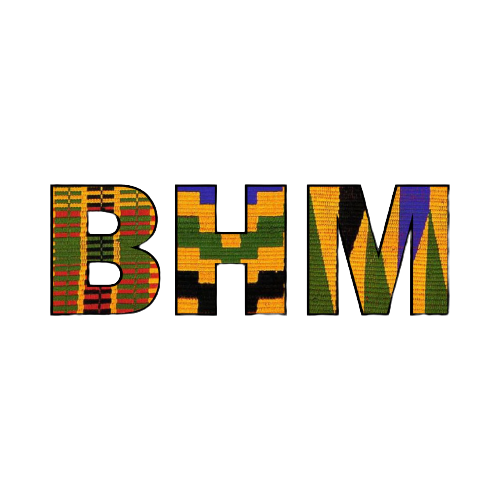BHM Programming Taxonomy

Definition
What is a taxonomy?
Taxonomies are a type of Knowledge Organization System (KOS). Knowledge Organization Systems are a variety of schemes to organize, manage and retrieve information. All taxonomies are a type of KOS, but not all KOS’s are taxonomies.
There have been other efforts to categorize public programming in libraries, but this is the first attempt to create a Black History Month programming taxonomy
Taxonomies share specific characteristics:
- They are prose (words), not numeric codes
- Can grow and expand without limit
- Often have synonyms
- They do not contain duplicates
- Represent hierarchical relationships; they contain broader and narrower concepts
Process
Process to Develop Black History
Month Taxonomy
We utilized a multi-stage “bottom-up” process to develop the Black History Month Taxonomy, including focus groups, expert advice, and an online questionnaire.
Focus Groups
We held three virtual Focus Groups with 7-15 participants in each group. We wanted no more than 15 people in the Focus Group, so we offered an online option for people to submit their responses when we reached capacity.
Expert Advice
We analyzed the results from the Focus Groups, created a draft of the BHM questionnaire, and sought advice from our National Advisory Committee (NAC).
Questionnaire
An online questionnaire was created to assess the content, scope, target age groups, and focus of Black History Month programming in public libraries. We gathered data from both the Branch level and District/County Library System.
Focus Groups
We held three virtual Focus Groups with 7-15 participants in each group. We wanted no more than 15 people in the Focus Group, so we offered an online option for people to submit their responses when we reached capacity. Participants included Branch Managers, Staff at the District/System level, Children’s/Teen/Adult Librarians, Black Resources Center Librarians, and others who held positions in public libraries. We asked a series of questions to help us better understand the parameters of BHM programming in public libraries and help us develop the BHM Taxonomy Questionnaire.

Questions Asked in Each Focus Group
- What kinds of BHM programming do you offer at your library?
- Who does the BHM programming at your library?
- Approximately how many BHM programs do you conduct each year?
- How do you generate ideas or decide on the BHM programming each year?
- Are there challenges in offering BHM programming, and if so, what are they?
- We are going to create a questionnaire to help develop a taxonomy of BHM programming in public libraries. What kinds of questions do you think we should ask?
- Given the pandemic, has your library begun thinking about offering BHM programming online, and what challenges are you facing?

Expert Advice
We analyzed the results from the Focus Groups, created a draft of the BHM questionnaire, and sought advice from our National Advisory Committee (NAC). The NAC included representatives from the Black Caucus of the American Library Association (BCALA), the Association for the Study of African American Life and History (ASALH), people representing different ALA Divisions and Offices, and researchers from the Program for Research on Black Americans (PRBA) at the University of Michigan. Their guidance and advice was invaluable.
Questionnaire
An online questionnaire was created to assess the content, scope, target age groups, and focus of Black History Month programming in public libraries. It was clear that we needed to gather data from both the branch level.
It should be noted that this was a convenience sample; respondents were not systematically chosen. This exercise was conducted to get a general sense of BHM programming and test the efficacy of the questions utilized in the questionnaire. Since this kind of study had never been done previously, we needed to create questions that had not been used before. We look forward to conducting a national study of BHM programming utilizing a scientifically drawn sample.


Taxonomy
The BHM Programming Taxonomy was created based on the results from the questionnaire. Respondents were asked, “In the last five years, how often have you conducted the kinds of BHM programming listed below at your library?” They were presented with a grid of types of programming that were identified in the Focus Groups. They were also able to list programming they conducted that did not appear on the list. The research team analyzed the results and grouped common activities together. The Taxonomy has overarching broader categories and more specific activities underneath each category.
Black History Month Programming Taxonomy

Talks/Discussions
- Speaker Panels
- Author talks
- Book clubs/Groups

Services
- Life coaching
- Genealogy
- Health screening
- Oral history/Document scanning
- Breakfast
- Business/Career development
- Giveaways (Books/Supplies)

Resources
- Displays & Bulletin boards
- Publications/Brochures/Calendars
- Info re prominent Black Americans/local history
- Booklists of Black authors/books
- Blog/Social media posts
- Exhibits

Crafts
- Arts & crafts
- Face painting
- Quilting
- Maker space activities

Performances
- Dance
- Films/Movies
- Music/Concerts
- Poetry/Spoken word
- Theater/Plays
- Drumming

Demonstrations and Classes
- Cooking
- Hair wrapping/Hair care
- Dancing
- Martial arts demonstrations (Capoeira)
- Pottery

Language Skills/Literacy
- Storytime
- African American Read-In/Reading

Games
- Trivia
- Scavenger hunts
- Jeopardy

Contests
- Essay contests
- Poster contests
- Art contests

Tours
- StoryWalks
- Museum/Living Museum tours
Observations
There are several observations we can make about the BHM Taxonomy.
1. BHM programming is very similar to regular library programming. It seems that utilizing existing program models is accessible and efficient for library staff.
2. While the taxonomy reflects traditional library programming, the difference in BHM programming is its content.
3. The taxonomy will give librarians who are not doing BHM programming a quick idea of what is possible.
4. Although only a minority of respondents knew about the Association for the Study of African American Life and History or that they establish a BHM theme each year, it would be important to link the content of library programming to that annual theme.
5. It would be important for public libraries to evaluate their practices around BHM programming offerings to determine if there is too much reliance on one category/type of programming.
